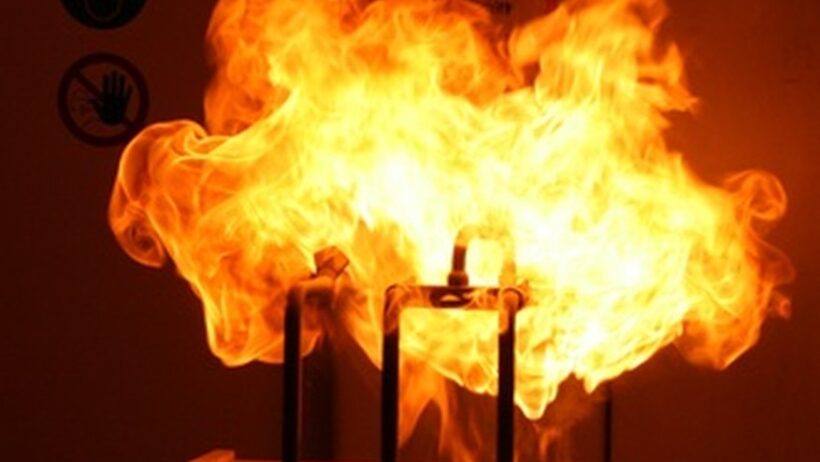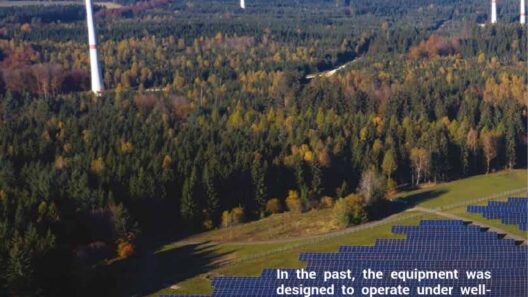Chemical energy, a form of potential energy stored in the bonds of chemical compounds, plays a pivotal role in various natural and artificial processes. The question of whether chemical energy is conserved in every reaction is complex and multifaceted, embedding itself within the framework of the laws of thermodynamics, reaction mechanisms, and the intrinsic properties of chemical systems.
Understanding the conservation of chemical energy begins with a grasp of the first law of thermodynamics. This foundational principle states that energy cannot be created or destroyed in an isolated system; rather, it can only be transformed from one form to another. In every chemical reaction, the total energy before the reaction must equal the total energy after the reaction, although the form of that energy may change. For instance, in exothermic reactions such as combustion, chemical energy is converted to thermal energy and light, while in endothermic reactions, energy from the surrounding environment is absorbed to drive the reaction.
Different types of chemical reactions exemplify the conservation of energy in unique ways. For instance, consider a simple combustion reaction involving a hydrocarbon. In this process, chemical bonds within the fuel are broken, releasing energy primarily in the form of heat and light. The products, typically carbon dioxide and water, possess less stored chemical energy than the original reactants. This energy release underscores a transformation rather than an annihilation of energy, adhering to the principle of conservation.
However, there are nuances to this concept of conservation. In certain scenarios, especially at the molecular level, energy isn’t always conserved in the strictest sense. During transitions states and reaction intermediates, energy may appear to be ‘lost’ or ‘gained’ due to factors such as irreversibility or the presence of high-energy transition states that do not correspond directly to the reactants or products. For instance, in a reaction with high activation energy, the system may absorb considerable energy only to release it later in a different form. These fluctuations can complicate the perception of conservation.
Systematic classifications of chemical reactions further elucidate the complexities of energy conservation. Reactions can be categorized into synthesis, decomposition, single replacement, and double replacement, each with distinct energy profiles. Analyzing these types sheds light on broader patterns of energy transformation and conservation. Synthesis reactions, which involve the combination of simpler substances to form more complex ones, often require an input of energy, while decomposition reactions can release energy as complex molecules break down. Importantly, the energy shifts between forms but does not vanish.
Moving beyond standard reactions, one must also consider the biochemical realm. Enzymatic reactions, for instance, exhibit unique characteristics of energy conservation. Enzymes lower activation energy, thus facilitating reactions that might not occur spontaneously. In biological systems, energy conservation is paramount, both for the maintenance of intricate metabolic pathways and for the efficient storage of energy via molecular bonds in compounds like ATP. In these contexts, though the chemical energy may appear to fluctuate, it upholds the tenets of conservation through a more intricate interplay of energy transfer and transformation.
Moreover, the role of catalysts adds another layer to our understanding of chemical energy conservation. Catalysts can speed up a reaction without being consumed, thereby altering the pathway of the reaction and the associated energy dynamics. While a catalyst lowers the activation energy required for a reaction to occur, it does not alter the overall energy balance. Thus, while the nature of the reaction changes, the total energy before and after remains constant, reaffirming the principle of energy conservation.
It is also imperative to acknowledge that certain reactions may approach the boundaries of energy conservation due to external influences. For example, reactions occurring in open systems, where energy can be exchanged with the surroundings, present an additional complexity. In such cases, energy may appear to be lost or gained, as the system interacts with its environment. Nonetheless, a global perspective encompassing the surroundings often reveals that energy remains conserved across the broader system.
In evaluating the implications of chemical energy conservation, practical considerations arise, particularly in fields such as environmental science, energy policy, and industrial chemistry. The understanding that energy is conserved, yet transformable, influences the development of renewable energy technologies. For instance, harnessing chemical energy from biomass or solar-driven reactions relies on intricate designs that optimize energy transformations, adhering to the core principles of conservation while aiming for sustainability. The realization that every chemical reaction involves energy exchange drives innovations in energy efficiency and resource management.
In conclusion, while the concept of chemical energy conservation is grounded in established scientific principles, its application may vary depending on the reaction type, conditions, and pathways involved. Scientific inquiry continues to deepen our understanding of energy dynamics, allowing for advancements in technology and sustainability. The importance of acknowledging the nuances and complexities in energy conservation is crucial to fostering a greater environmental awareness and promoting responsible stewardship of our natural resources.






